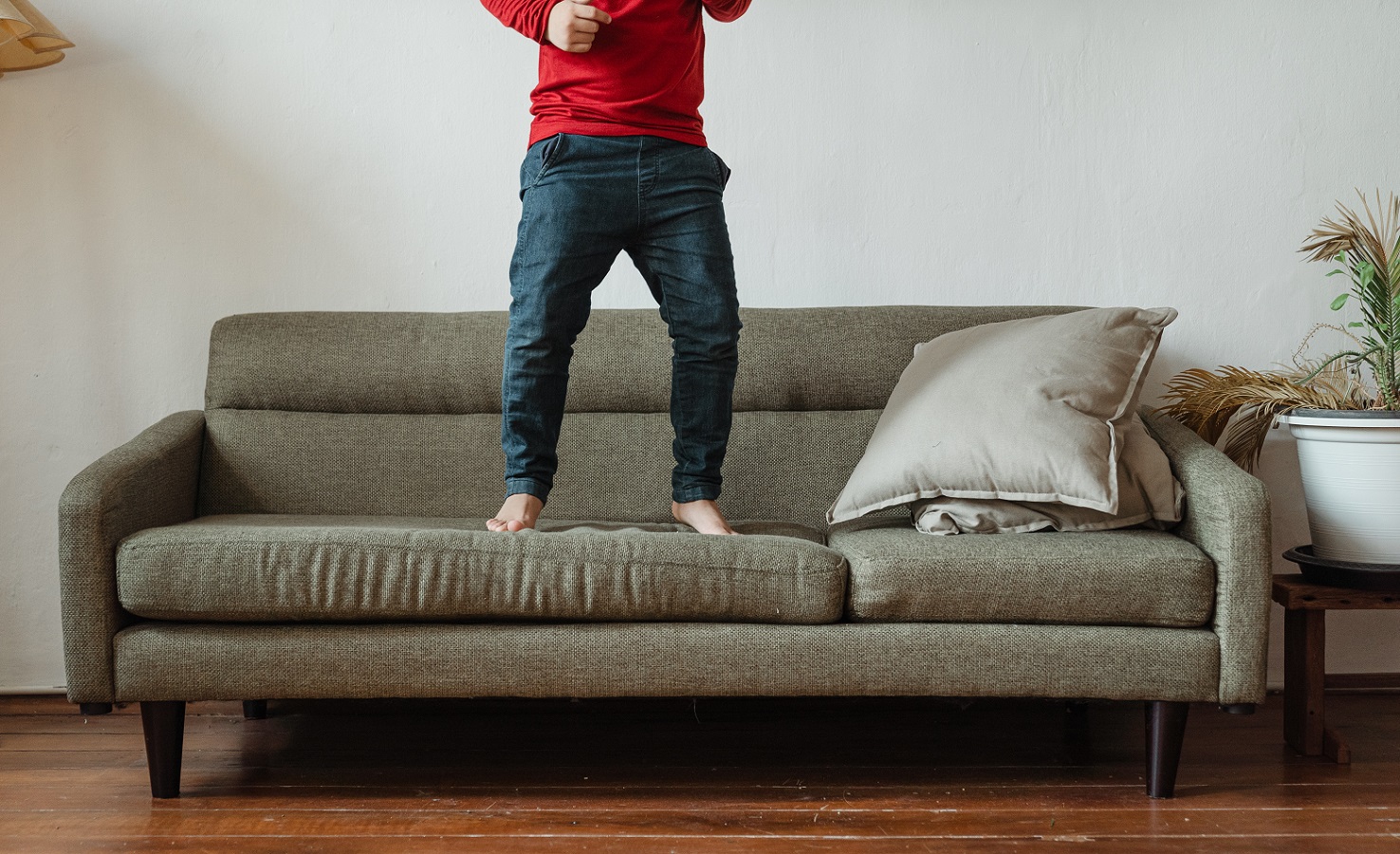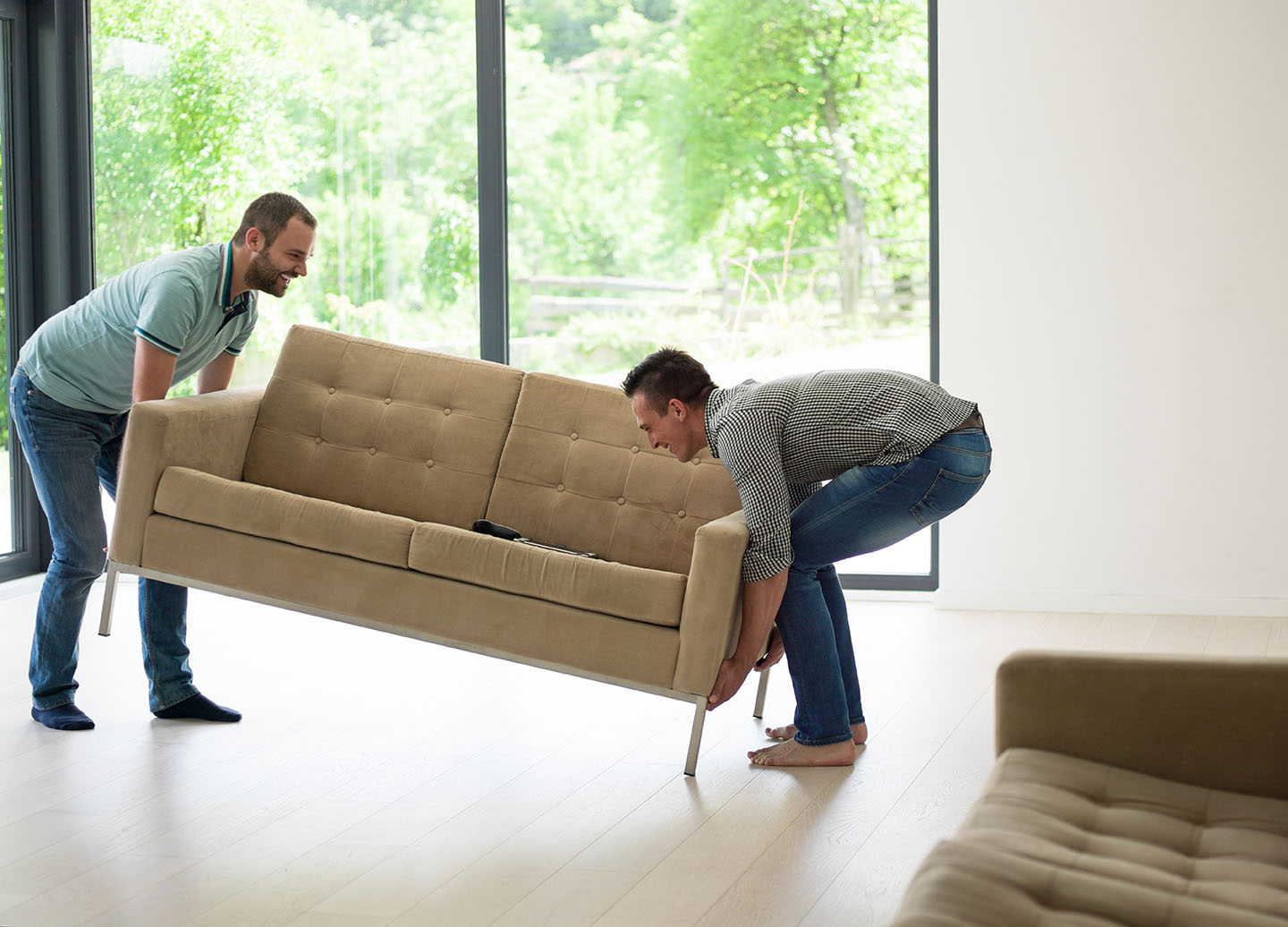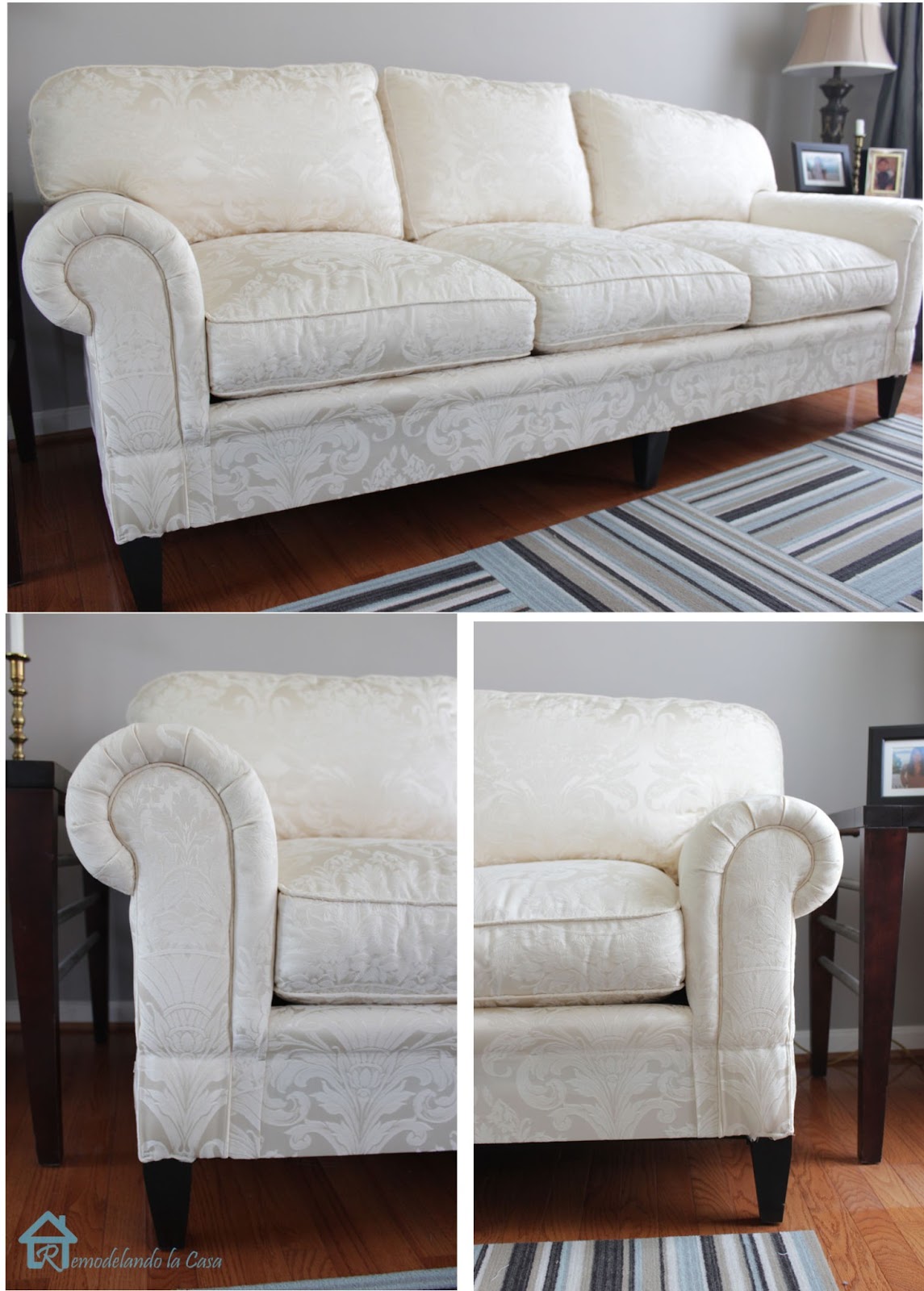Introduction: Parting Ways with a Trusty Companion
When the time comes to bid farewell to your old sofa – a faithful companion through countless movie nights, lazy Sundays, and family gatherings – it’s essential to handle its disposal thoughtfully. A sofa often holds sentimental value, making its departure bittersweet. However, with environmental concerns at the forefront of our minds, simply leaving it curbside for trash collection is no longer an acceptable option. This comprehensive guide explores eco-friendly, charitable, and creative ways to say goodbye gracefully to your cherished sofa, ensuring its next chapter contributes positively to the world.

Assessing the Condition: The First Step in Disposal Planning
Before embarking on the disposal journey, a thorough assessment of your sofa’s condition is crucial. Is it still structurally sound, with only minor cosmetic issues? Or has wear and tear rendered it unsalvageable? This evaluation will dictate the most suitable disposal route. Sofas in relatively good shape could be repurposed, donated, or sold, whereas those at the end of their lifecycle might require disassembly for recycling or responsible disposal.
Revitalization: Giving Your Sofa a Second Wind
If your sofa’s frame is sturdy but the upholstery is worn, consider revitalization. Reupholstering or slipcovering can breathe new life into an old piece, aligning it with your updated decor preferences. This approach significantly reduces waste and can be more cost-effective than buying new, especially if the sofa possesses excellent craftsmanship or sentimental value. Look for local upholstery services that use eco-friendly materials, ensuring your sofa’s makeover aligns with sustainable practices.

Charitable Donations: Passing on Comfort to Those in Need
One of the most rewarding ways to dispose of a usable sofa is through donation. Many charities, including thrift stores and shelters, accept gently used furniture to support families transitioning out of homelessness or crisis situations. Not only does this provide immediate comfort to those in need, but it also promotes a circular economy, keeping items out of landfills. Before donating, ensure the sofa meets the organization’s acceptance criteria, which typically includes being clean, free from stains, and in good working order.
Selling Your Sofa: Turning Memories into Money
For sofas that retain their charm and functionality, selling can be a lucrative option. Online platforms like Craigslist, Facebook Marketplace, and specialized secondhand furniture websites offer a broad audience, increasing the likelihood of finding a buyer who will appreciate your sofa’s next phase. Accurate descriptions, clear photographs, and competitive pricing strategies are key to a successful sale. Remember, by selling your sofa, you’re not only recouping some of its original cost but also directly participating in the reuse of goods, contributing to a greener lifestyle.

Disassembly and Recycling: Ensuring a Sustainable Afterlife
In cases where your sofa is too damaged for reuse, disassembly for recycling is the responsible choice. Many materials used in sofas, such as wood, metal, and certain types of foam and fabric, can be recycled. Contact local recycling centers or specialized furniture disposal services that offer deconstruction and recycling programs. These services break down the sofa into its component parts, sorting them for appropriate recycling streams. While this may involve a fee, it’s a small price to pay for ensuring that your sofa doesn’t end up in a landfill.
Creative Repurposing: A New Lease on Life
For the creatively inclined, repurposing offers a unique opportunity to transform your sofa into something entirely new. From converting a sofa into a cozy reading nook with added bookshelves to reimagining cushions as pet beds or outdoor seating, the possibilities are limited only by your imagination. Repurposing not only saves resources but also adds a personal touch to your home decor. Online tutorials and DIY communities can provide ample inspiration and guidance for your upcycling project.

Community Engagement: Sharing is Caring
Another option is engaging with your local community to find a new home for your sofa. Posting on neighborhood forums, community noticeboards, or even word of mouth can lead to finding someone within your area who is willing to give your sofa a new lease on life. This fosters a sense of community and minimizes transportation emissions associated with more distant transactions. It’s a simple yet effective way to keep resources circulating locally.
Charitable Donations: Giving Back Through Furniture
Donating your sofa to a charitable organization is another route worth considering. Many nonprofits, including Goodwill, Salvation Army, and local homeless shelters or community assistance programs, accept gently used furniture to support individuals and families in need. By donating your sofa, you contribute to improving someone’s living conditions while also supporting the mission of these organizations. Additionally, you may be eligible for a tax deduction based on the fair market value of the donated item. Ensure to check with the charity regarding their acceptance policies and any potential pickup services they might offer.

Environmental Impact Awareness: The Bigger Picture
The choices we make when disposing of old furniture, such as sofas, have a direct impact on the environment. Landfills are already overstuffed with waste, and large items like sofas take up considerable space, contributing to environmental degradation. By choosing to sell, recycle, repurpose, or donate, you actively participate in reducing waste, conserving resources, and promoting a circular economy. Each action, however small, counts towards mitigating climate change and fostering sustainability.
Emotional Detachment: Letting Go Gracefully
Parting with a beloved sofa can stir up emotions, especially if it holds sentimental value. Acknowledge these feelings but also remind yourself of the positive outcomes from letting go – the financial gain, environmental benefits, or the joy it might bring to someone else. Taking photographs of the sofa in its original setting can help preserve memories without physically clinging onto the item. Remember, every item has a lifecycle, and by facilitating its transition responsibly, you create space for new experiences and possibilities.
Final Thoughts: Leaving a Positive Footprint
Saying goodbye to your old sofa doesn’t have to equate to environmental neglect. By adopting a mindful approach that prioritizes reuse, recycling, or repurposing, you contribute to a more sustainable future. Each decision we make in disposing of our belongings has a ripple effect, and choosing eco-friendly paths sets an example for others to follow. As you embark on this journey, remember that your sofa, once a center of warmth and memories, can continue to make a positive impact long after its departure from your home.


